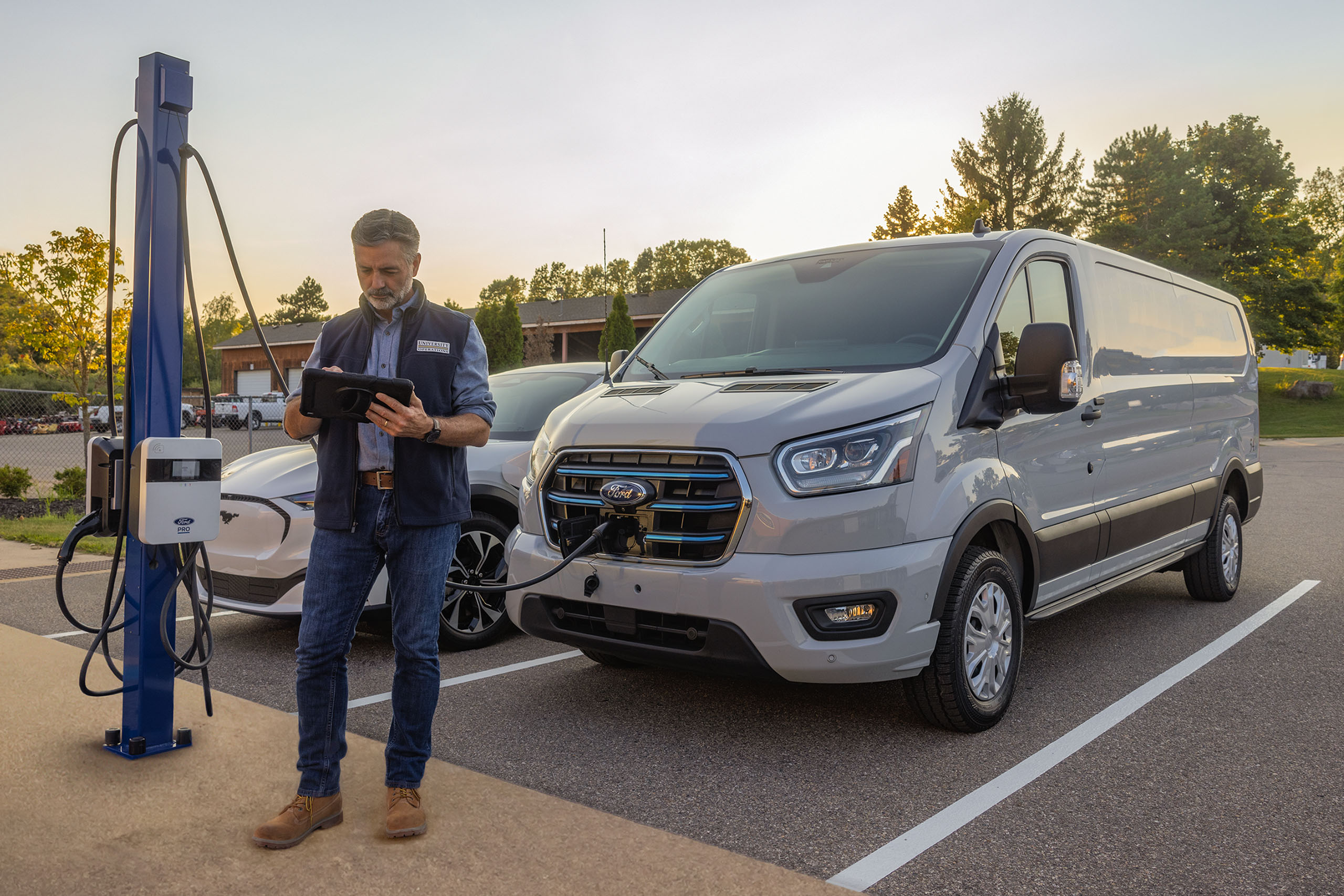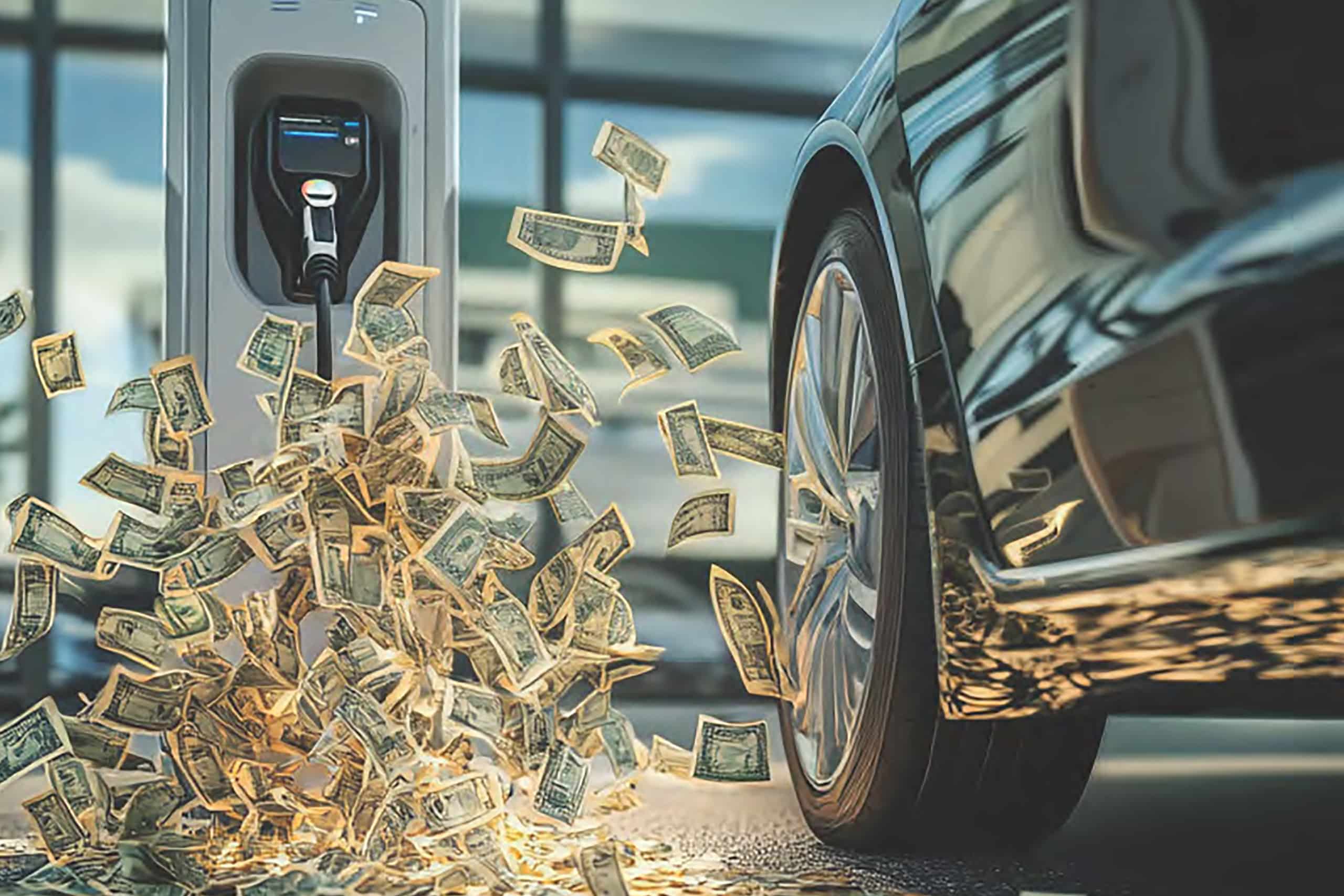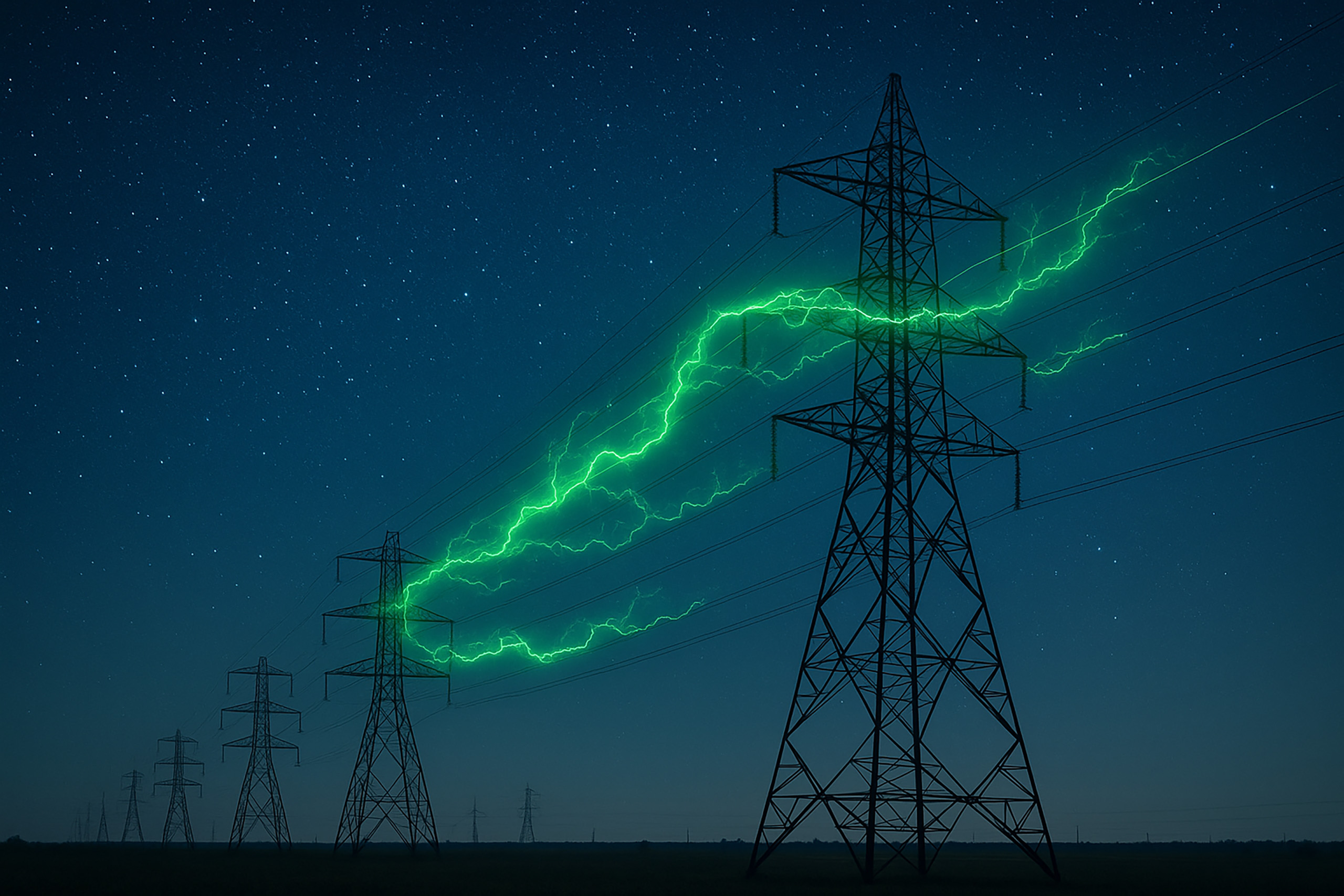
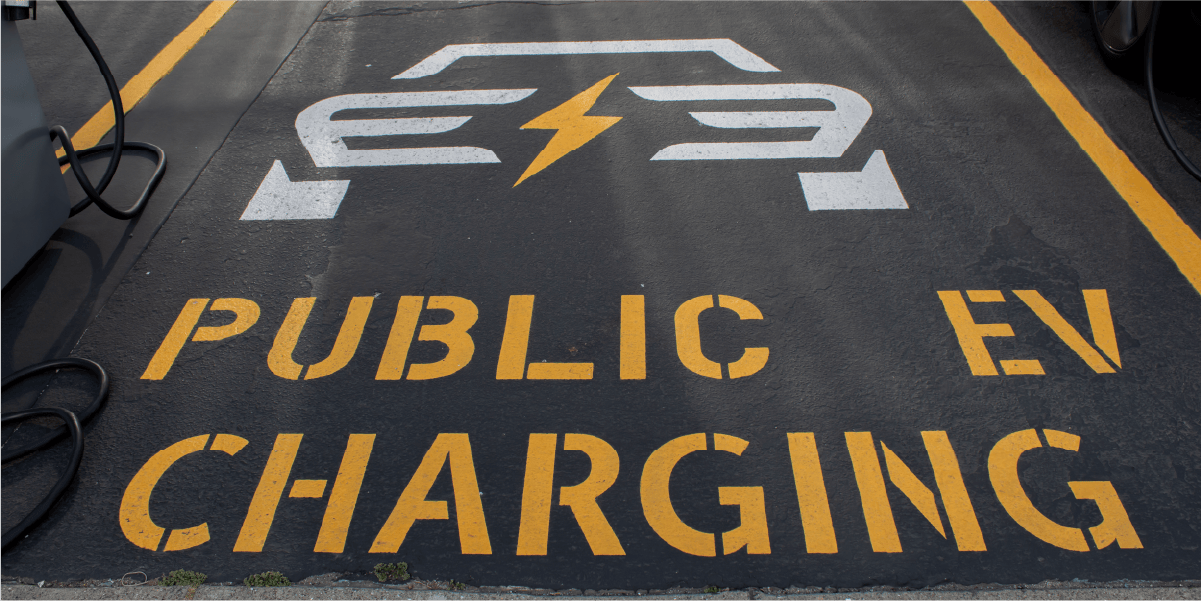
By 2030, nearly 22 million electric vehicles (EVs) will be on US roads, the Edison Electric Institute (EEI) predicts. They will require more than 100,000 direct-current fast chargers (DCFCs) also known as level 3 chargers to support them.
The global emphasis on reduction in carbon emissions is accelerating the push toward EV adoption. Already, some state governments and original equipment manufacturers (OEM) have begun to hand down electric vehicles level 3 charging mandates.
How Do the Government’s EV Infrastructure Plans Affect Your Business?
In November 2021, the US passed the bipartisan Infrastructure Investment and Jobs Act. The law earmarks funds and outlines parameters for a nationwide network of 500,000 EV chargers. These EV chargers will be part of Alternative Fuel Corridors that cover more than 165,000 miles of the national highway system. These level 3 chargers will help the US reach net-zero emissions by 2050.
Federal Mandate
The bill formalized many of the tenets of President Biden’s infrastructure plan, which called for $7.5 billion for a nationwide EV charging network. That plan incorporated many suggestions from an EV policy letter crafted by a group of automakers, suppliers, and union workers.
The letter introduced three areas of focus for a national vision of moving toward EV adoption. The three areas are consumer incentives and awareness; EV charging infrastructure; and innovation, manufacturing, and supply chain security. In the letter, automakers and suppliers pledged to invest more than $250 million in electrification by 2023.
State Matches

Many states already have established policies and funding for EV infrastructure. Oregon, for example, committed $50 million to match its federal funds to expand EV fast charging.
Utility Investment
A coalition of more than 60 electric utilities has announced that it will provide level 3 chargers along major travel routes by 2023. Spearheaded by EEI, the National Electric Highway Coalition (NEHC) member companies have invested more than $3.4 billion in customer programs and projects to accelerate EV infrastructure.
The NEHC plans to extend existing high-voltage connections along the highway to power DCFCs at locations such as convenience stores, gas stations, or auto dealerships.
A DCFC provides up to 800 volts of direct current. It has an internal converter that converts alternating current from the grid to direct current that feeds power into the EV’s battery. Using a DCFC, an EV can recuperate up to 80% of its charge in about 30 minutes.
Your business can benefit from proactively addressing current EV charging mandates and those to come. Future Energy can help your business understand how level 3 charging mandates affect your operations.
How Do the Government’s EV Infrastructure Plans Affect Your Business?
In November 2021, the US passed the bipartisan Infrastructure Investment and Jobs Act. The law earmarks funds and outlines parameters for a nationwide network of 500,000 EV chargers. These EV chargers will be part of Alternative Fuel Corridors that cover more than 165,000 miles of the national highway system. This will help the US reach net-zero emissions by 2050.
Federal Mandate
The letter introduced three areas of focus for a national vision of moving toward EV adoption. The three areas are consumer incentives and awareness; EV charging infrastructure; and innovation, manufacturing, and supply chain security. In the letter, automakers and suppliers pledged to invest more than $250 million in electrification by 2023.
State Matches
In February 2022, President Biden announced a program that will provide nearly $5 billion over five years to help states create networks of EV chargers. The program requires each state to submit an EV Infrastructure Deployment Plan to describe how it plans to use the funds.
Many states already have established policies and funding for EV infrastructure. Oregon, for example, committed $50 million to match its federal funds to expand EV fast charging.
Utility Investment
A coalition of more than 60 electric utilities has announced that it will provide level 3 chargers along major travel routes by 2023. Spearheaded by EEI, the National Electric Highway Coalition (NEHC) member companies have invested more than $3.4 billion in customer programs and projects to accelerate EV infrastructure.
The NEHC plans to extend existing high-voltage connections along the highway to power DCFCs at locations such as convenience stores, gas stations, or auto dealerships.
How Can Your Dealership Address OEM Mandates on EVs?
The government’s willingness to collaborate with the industry indicates that now is the time for businesses to incorporate EV charging into their operations.
Turning Over Your Inventory
In August of 2021, Stellantis, Ford, and General Motors issued a joint statement pledging to achieve EV sales of 40% to 50% of their inventory by 2030. In the statement, the OEMs announced plans to work with the federal government, Congress, and local governments to meet those objectives.
Furthermore, Ford is building out its own EV charging network. The BlueOval Charge Network is the largest public charging network in North America offered by an OEM.
Procuring Government Incentives for Level 3 Chargers
State governments are supporting companies who are looking to install level 3 EV chargers. Future Energy helps our clients identify millions of available dollars that can cover up to 100% of EV installation costs.
However, many incentive programs have ending dates or have exhausted their funds. Future Energy helps you act now to take advantage of available funding to help meet OEM mandates.
Building Value with Future Energy’s EV Impact Study™
Future Energy customizes a comprehensive EV impact study™ that helps our clients understand and fulfill their business objectives. The EV impact study™ elucidates the value that your company will extract from EV charger installation.
Plus, enterprises with multiple franchises can use the EV impact study™ to help implement the company’s vision for EV charging solutions. For example, OEMs can provide guidelines for their dealerships by clarifying objectives and action steps.
How Are Businesses Partnering with Utilities to Provide Level 3 EV Infrastructure?

EV Charging and Banks
Banks are beginning to collaborate with EV charging companies to install EV chargers for customers at their locations.
For example, in May 2022, Electrify America (EA) and Bank of America announced a plan to expand their 2019 EV charger collaboration. The plan will double the number of banks with level 3 EV chargers by the end of 2023.
A similar partnership between Chase Bank and EVgo will pilot DC chargers for the public at 50 US branches.
EV Charging in Underprivileged Locations
Utilities have designated more than 23% of their $3 billion investment in EV programs for underserved communities, according to Atlas EV Hub. Businesses willing to invest in EV charging solutions in these areas not only build goodwill by serving the community but also may be eligible for substantial assistance in funding.
For example, California Assembly Bill 841 provides electrical infrastructure for EV charging stations at no cost to the customer. The law mandates that at least 35% of the infrastructure investments go to underserved communities.
On a national level, the Electric Vehicles for Underserved Communities Act of 2021 aims to increase deployment of EV charging infrastructure in low-income communities and communities of color.
EV Charging and Fleet Electrification
Government and industry also are moving on parallel paths toward the electrification of fleets.

Many commercial fleets comprised of medium- or heavy-duty vehicles are steadily beginning to follow suit. For example, UPS has announced the purchase of 10,000 electric vans.
The market for EV charging for fleets could reach $15 billion per year by 2030, according to a study by McKinsey. Future Energy can help demonstrate the opportunity this presents for your business by getting ahead in the installation of level 3 EV chargers.
Who Can Help My Business Address EV Charging Mandates?
The electric vehicles level 3 charging mandate provides opportunities for your business. It’s a great time to capitalize on the electrification trend. Contact Future Energy today to find out how we can help.

